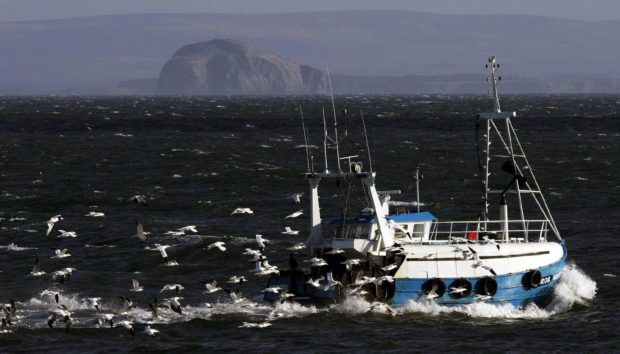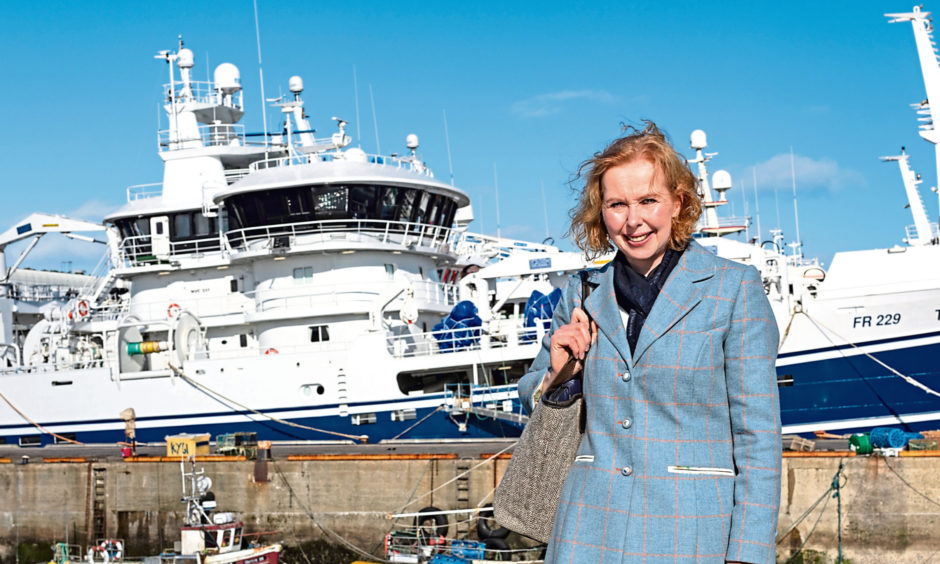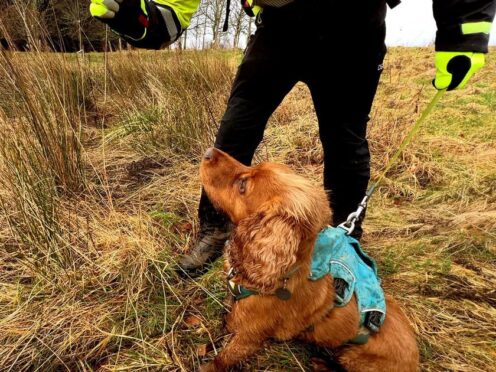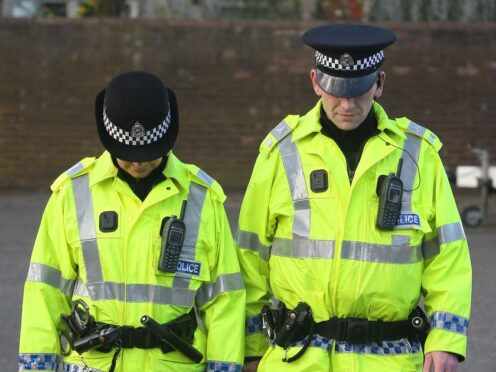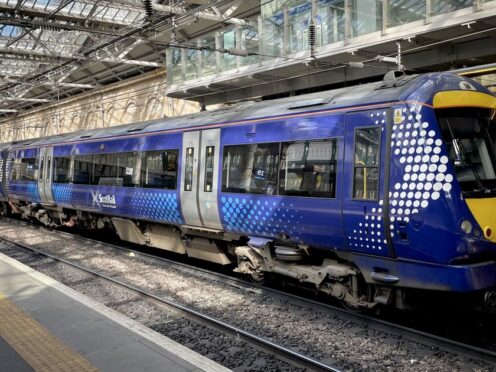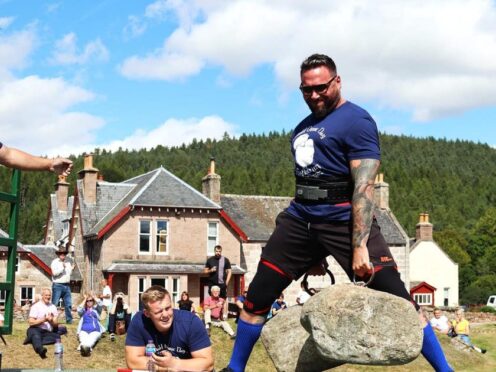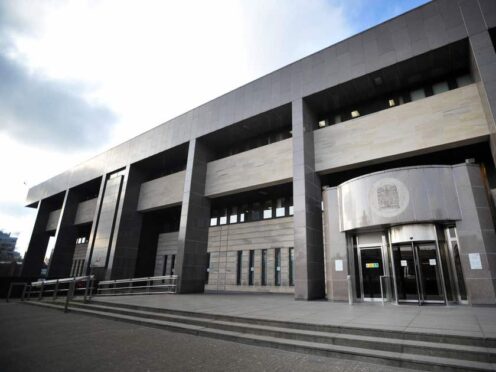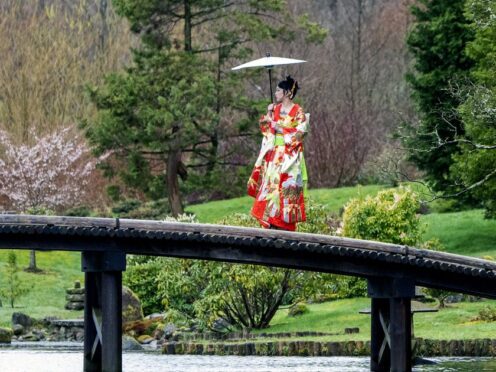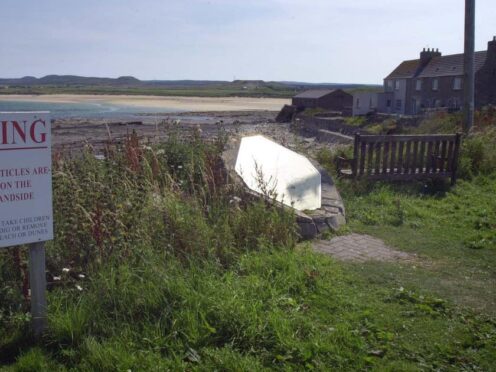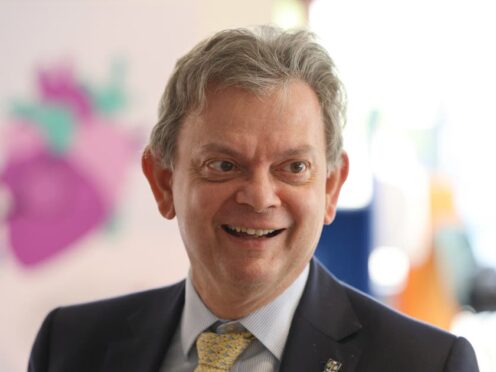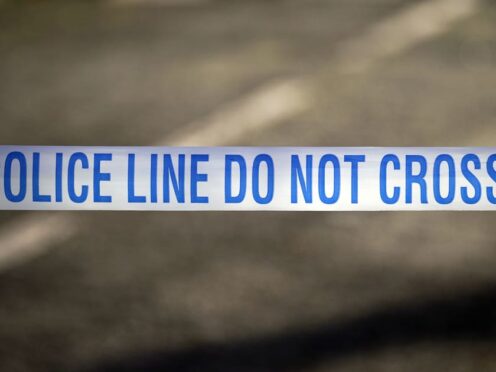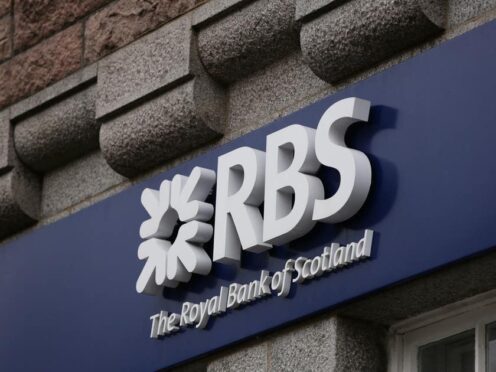Scottish fishers are waging a new battle to avoid quota cuts just weeks after a Brexit trade deal that was described by furious industry leaders as “very disappointing”.
The overseas owners of a British-registered vessel, the 266ft freezer trawler Kirkella, are understood to have pressed the UK Government to secure a complex agreement with Norway in trilateral fishing talks this week.
If successful, it is feared such a deal will directly deprive Scottish vessels of a huge quantity of one stock – and force the industry to pay to lease much-needed quota for another.
Dutch and Icelandic-owned
Although based in Hull, the Kirkella fishes hundreds of miles away from UK shores – around the Arctic Sea. Its catch is said to make up about one-twelfth of the cod and haddock supplied to UK fish and chip shops.
The trawler is owned and operated by East Yorkshire-based UK Fisheries which, according to documents lodged at Companies House, is under the joint control of businesses ultimately owned by firms registered in the Netherlands and Iceland.
UK Fisheries is believed to have already received 2,750 tonnes of Svalbard cod quota this year. In the coming months it is expected to amass a total of 5,500 tonnes – as much the entire Scottish fleet has for the North Sea in 2021.
Despite this, the owners, whose combined turnover is in excess of £1 billion, much more than the whole UK fleet, are seeking another 10,000 tonnes of Barents Sea cod quota. This can only be achieved by the UK providing reciprocal stocks in return.
Trade off
When the UK was part of the Common Fisheries Policy, the EU exchanged 100,000 tonnes of blue whiting to secure the Barents Sea cod from Norway. Around 20,000 tonnes of that came from Scottish quota.
But the Kirkella does not catch all the cod it is entitled to. Instead, it exchanges some of the cod for saithe quota in the North Sea.
In the past the UK was often short of quota for saithe – also known as coley – and had to lease some from UK Fisheries.
‘Scandalous’
After the controversial Brexit agreement, the position on saithe is not expected to improve, so Scottish fishers may once again be forced to pay out to secure enough quota.
That would mean the Scottish industry paying twice – firstly with 20,000 tonnes of blue whiting and then to lease back the saithe quota the unfished Arctic cod was swapped for.
Scottish Fishermen’s Federation chief executive Elspeth Macdonald said: “It is scandalous that with the ink barely dry on the poor UK-EU fisheries agreement, we face the prospect of home-grown fishing businesses being disadvantaged for the benefit of a foreign-owned multinational.
“The UK government must resist attempts by the vessel owners, the misleadingly named UK Fisheries, to gain additional quota at the expense of our vessels.”
Ms Macdonald added this would “atone in a significant way for the Brexit fisheries deal that falls far short of what the government promised”.
The Brexit trade deal announced by Boris Johnson on Christmas Eve, left fishing chiefs including Ms Macdonald feeling “betrayed”.
